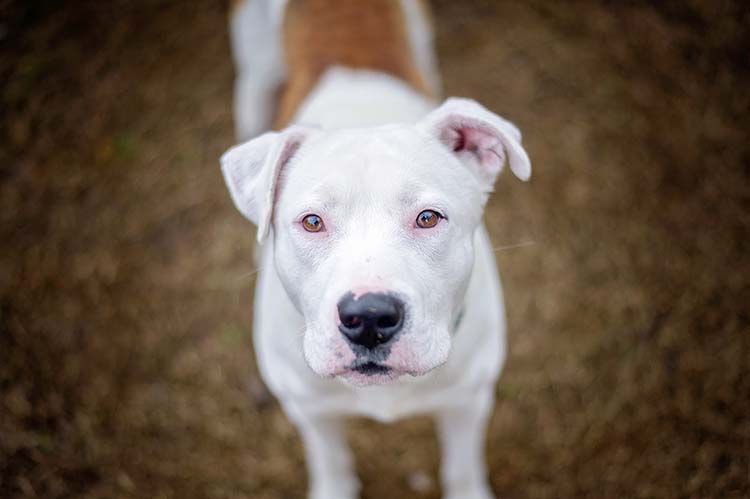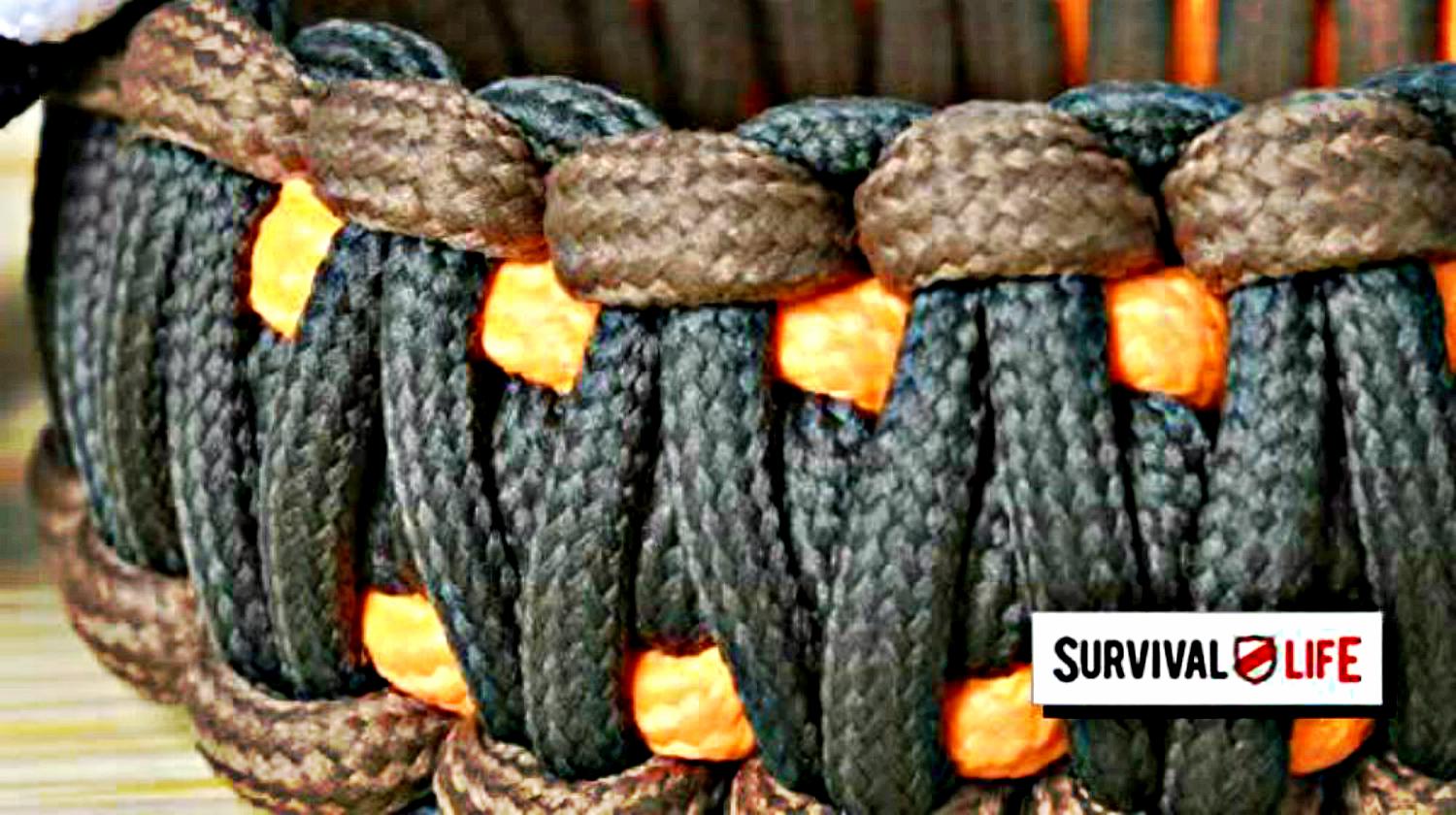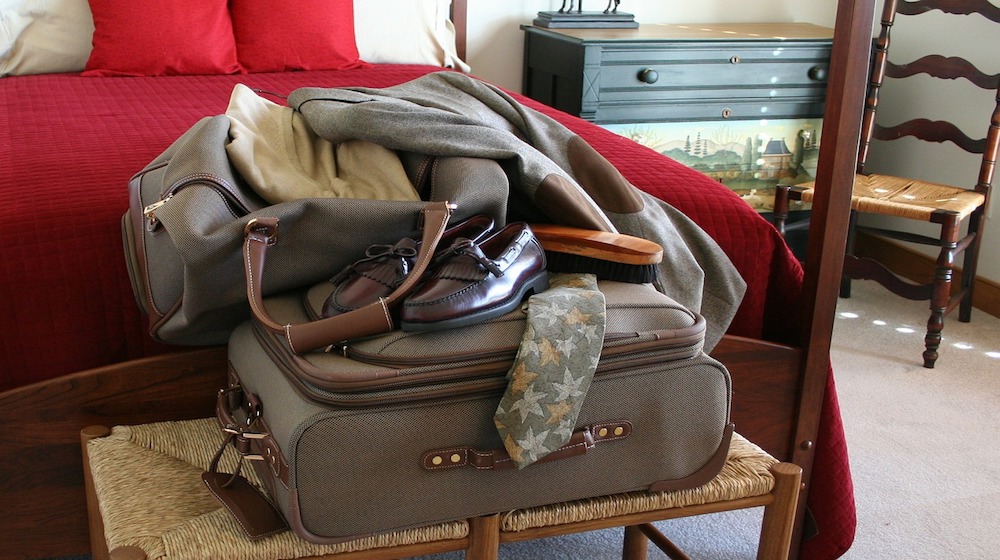Pets
Preparing Your Pets for Disaster | Emergency Preparedness

When it comes to preparing for a disaster, you need to make sure that you prepare not only for yourself and your family, but also for your pets.
Preparing Your Pets for Disaster | Emergency Preparedness
A 2012 study from the Humane Society shows that 33% of all U,S, households own at least one cat. It also shows that 39% own at least one dog. To some people, a pet may just be an animal, but to many, Fido and Fluffy are extensions of the family. With this being the case, it is fairly surprising to me how few preppers remember to pack an emergency kit for their pets.
I have heard too often that pets will be able to “make their own way” and that it is their natural instinct to survive. The truth of the matter is, most house trained cats and dogs don’t make it very far on their own. The average life span of a stray animal is cut nearly in half compared to that of a house pet.
With that being said, I urge any of you with pets to make sure that you consider them when making your preparations.
If you believe bringing your pet with you during an evacuation is not an option, check out these other solutions:
- Contact your veterinarian and ask for a list of their preferred boarding facilities.
- Ask your local animal shelter if they provide emergency shelter for pets.
- Ask trusted sources outside your immediate area if they would be willing to take in your pet.

Emergency Supplies and Traveling Kits
If you do plan on taking your pet with you, it is very important to create a Pet Evacuation Kit (PEK) handy for your pets. This kit is not unlike your own bug out bag and will contain all of the same basic ingredients.
Do you have a #bugoutbag for your #pets? What do you do to get your pets ready for SHTF? Let us know! #preppertalk pic.twitter.com/MzJRQN9cVf — Survival Life (@SurvivalLF) April 28, 2016
Keep this PEK with your personal go bags and make sure that everyone in the family knows where they are. This kit should be clearly marked and easy to carry. Items to consider keeping in or near your pack include:
- Pet first-aid kit and guide book (ask your vet what to include, or purchase one online)
- 3-7 days' worth of canned (pop-top) or dry food (make sure that you follow the first in first out rule with pet food as well as human food)
- Disposable litter trays (aluminum roasting pans work well, are inexpensive and usually come with lids to keep the smell down)
- Litter
- Liquid dish soap and disinfectant
- Disposable garbage bags for clean-up
- Pet feeding dishes
- Extra collar or harness as well as an extra leash
- Photocopies of medical records and a waterproof container with a two-week supply of any medicine your pet requires.
- Medications should also be rotated out the same as food to avoid having ineffective or bad medication when your pet needs it
- Bottled water, at least 3 days' worth for each person and pet
- A traveling bag, crate or sturdy carrier, ideally one for each pet (folding crates and carriers work well and they will stow away in a tight area when not in use)
- Blanket (for scooping up a fearful pet)
- Recent photos of your pets (in case you need to make “Lost” posters)
Check out the video below for more great tips for your pet's bug out bag.
Choosing a Designated Caregiver
This step will take considerable time and thought. When choosing a temporary caregiver, consider someone who lives close to your residence but still far enough away that they would be outside of any immediate danger zone. This should be someone who you have a great amount of trust in and it should be a reciprocal relationship.

Be sure to discuss your expectations at length with a permanent caregiver, so he or she understands the responsibility of caring for your pet. They will need to have met your pet and you need to make sure that your pet is comfortable around them. If you are willing and able to rely on them they should be able to do the same for you if the situation is reversed.
- Guaranteed safe storage up to 5-year shelf-life
- Hermetically vacuum sealed and specially packaged using corrosion resistant material to withstand...
- Complete balanced nutrition for all life stages provide 100-Percent of recommended vitamins and...
Evacuation Preparation
If you must evacuate your home in a crisis, plan for the worst-case scenario. Never assume that you will return in a few hours. If you think you may be gone for only a day, prepare for the possibility that you may not be able to return for several weeks.
When recommendations for evacuation have been announced or a mandatory evacuation order has been declared, follow the instructions of local and state officials. Below are a few simple steps that will help to minimize your evacuation time.
- Store an emergency kit and leashes as close to an exit as possible.
- Make sure all pets wear collars and tags with up-to-date identification. Your pet's ID tag should contain his or her name, your telephone number, and any urgent medical needs.
- The ASPCA recommends microchipping your pet as a more permanent form of identification. A microchip is implanted in the animal's shoulder area, and can be read by scanner at most animal shelters and will contain all of your contact information.
- Always bring pets indoors at the first sign or warning of a storm or disaster. Pets can become disoriented or frightened and wander away from home during a crisis.
- Consider your evacuation route and call ahead to make arrangements for boarding your pet outside of the danger zone at the first sign of an impending disaster.
- Three day emergency essentials you’ll need for your pet in an emergency.
- Great for hikes
- Small Dog Evacuation Kit
Geographic and Climatic Considerations
Do you live in an area that is prone to certain natural catastrophes, such as tornadoes, earthquakes or floods? If so, be sure to create your evacuation plan accordingly.
- Determine well in advance which rooms offer safe havens in your home. These rooms should be clear of hazards such as windows, flying debris, etc.
- Easy-to-clean areas such as utility rooms, bathrooms, and basements typically work exceptionally well as safe zones.
- A supply of fresh water is particularly important. In areas that may lose electricity, fill up bathtubs and sinks ahead of time to ensure that you have access to water during the first stage of any crisis
- In the event of flooding, go to the highest location in your home, but make sure that you still have some sort of an escape route from that room.
If emergency officials recommend that you stay in your home, it's crucial that you keep your pets with you. Keep your PEK pack and other supplies close at hand. Your pets may become stressed and anxious during the in-house confinement, if so you should consider crating them for both your and their safety and comfort.
In a SHTF situation, pet food is one of the first things to disappear off store shelves. You should always keep extra pet food as part of your emergency food storage. Click here to learn how to make survival food for your pets.
BONUS: Check out all the amazing ways your dog can help you in a survival situation.
For awesome survival gear you can’t make at home, check out the Survival Life Store!
Last update on 2024-11-07 / Affiliate links / Images from Amazon Product Advertising API
-

 Paracord Projects1 year ago
Paracord Projects1 year agoParacord Projects | 36 Cool Paracord Ideas For Your Paracord Survival Projects
-

 Paracord Projects1 year ago
Paracord Projects1 year agoHow To Make Paracord Survival Bracelets | DIY Survival Prepping
-

 Medical Care1 year ago
Medical Care1 year ago21 Home Remedies For Toothache Pain Relief
-

 Knife Laws1 year ago
Knife Laws1 year agoAre Switchblades Legal? Knife Laws By State
-

 Do It Yourself1 year ago
Do It Yourself1 year agoSurvival DIY: How To Melt Aluminum Cans For Casting













ChewyBees
September 28, 2012 at 3:13 AM
Does this apply to my cat?
Just kidding. That old bastard is a mouse a day hunter. We should all be so lucky to have his skill…Now if I could just train a bobcat to bring me a brace of coneys every couple of days.
I’m not British, I’ve just watched Lord of the Rings too many times, lol…
Pingback: Preparing a Survival Kit for Your Pets | The Survival Forum
Pingback: Of State Fairs, Thousands of Discussions–And What The Real Folks Are Thinking About The Current Mess | On the Right Side Radio
Pingback: Smart Fire and Electrical Tips To Keep Your Pets Safe
Pingback: Pet Disaster Preparedness | Survival Life
lano
July 7, 2017 at 12:00 PM
EAT IT FIRST!
Bertie
July 8, 2017 at 12:47 PM
In a SHTF scenario I’d bin the “poop bags” as no one will be checking on whether you pick it up or not!